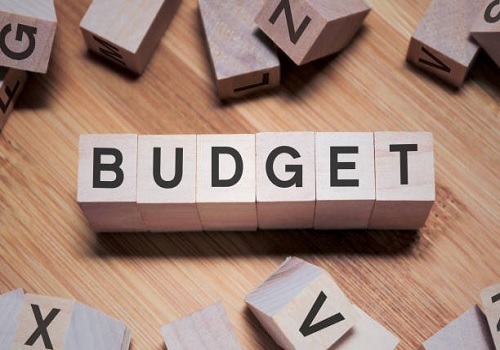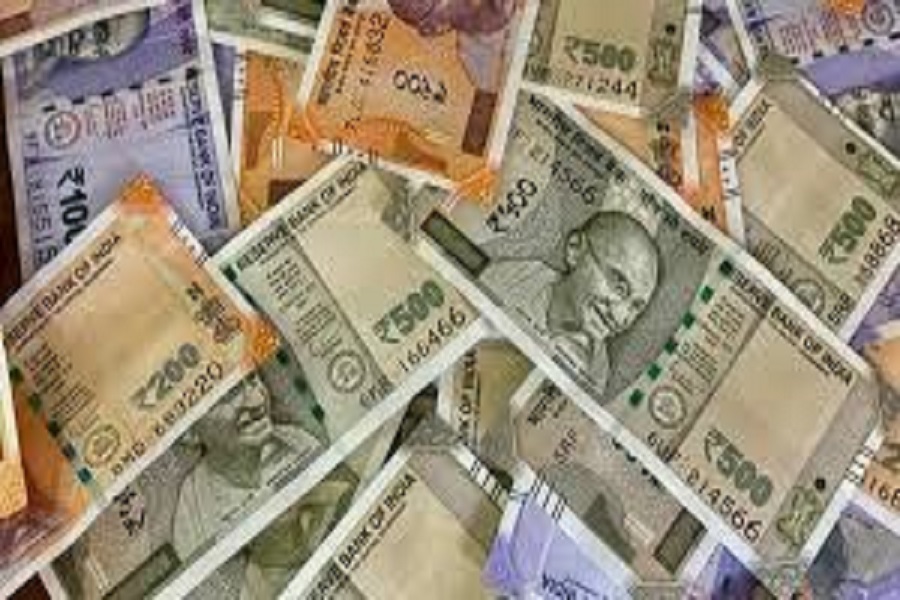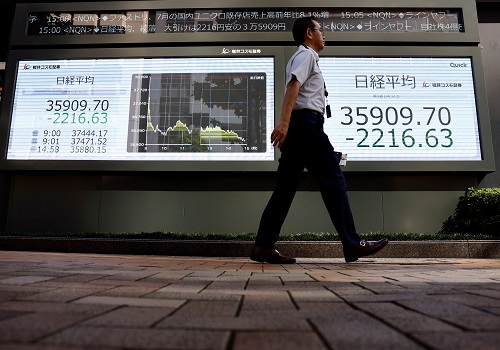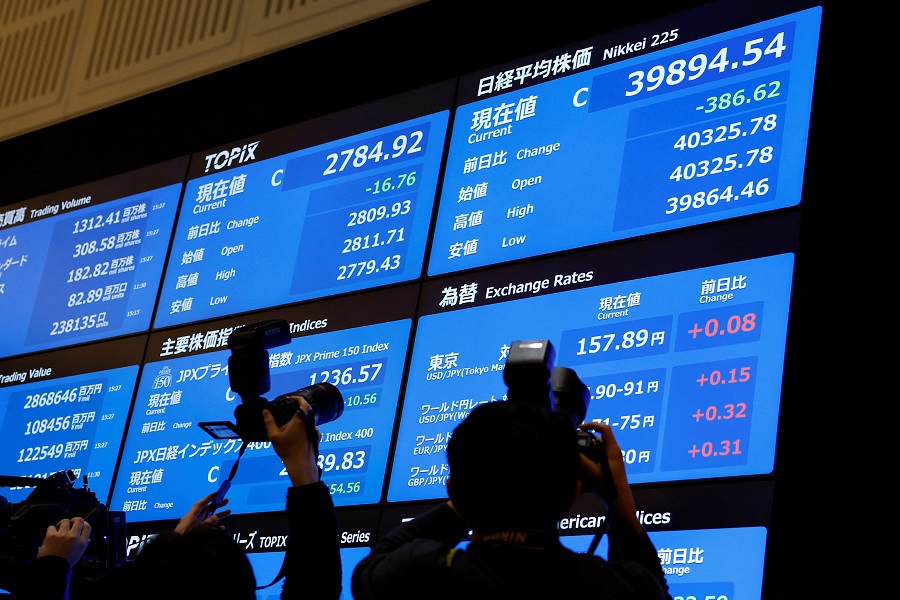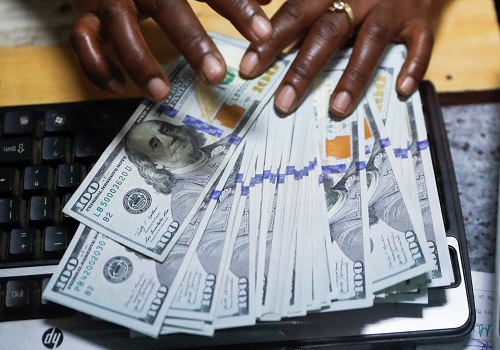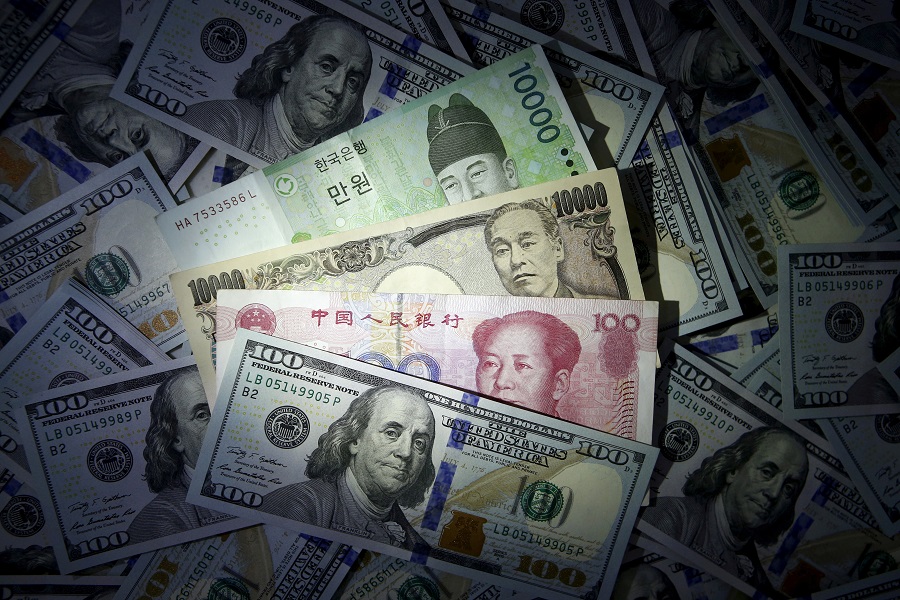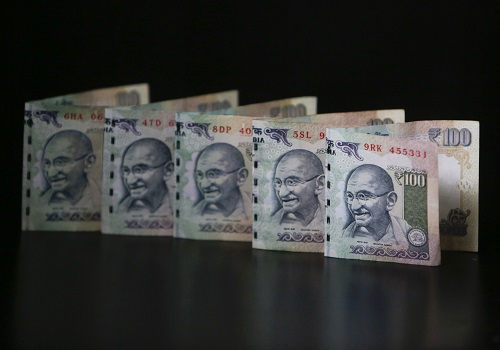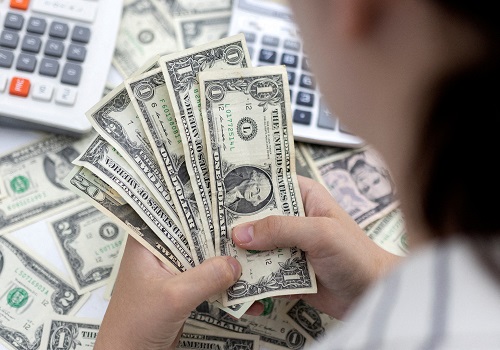Dollar struggles to retain gains even as March rate cut odds recede
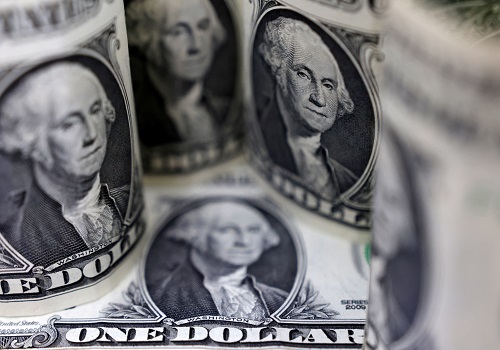
The U.S. dollar struggled to keep gains in early Asian trade on Monday as looming central bank decisions in Japan and Europe forced a pause in its data-spurred rally late last week.
Japan's yen was the notable mover in otherwise quiet trading, as it tiptoed away from Friday's one-month low of 148.80. The currency has been the worst hit against the dollar this year, tumbling about 5% in a swift reversal of December's bounce to five-month peaks near 140.
The Bank of Japan's two-day meeting begins on Monday. Wagers for an exit from negative rates at this meeting have been wound down in the wake of the New Year's Day earthquake on Japan's west coast alongside dovish BOJ commentary.
The dollar's trade-weighted index was down 0.07% at 103.19 and flat against the euro at $1.0898.
Its rally so far this year has been tentative and fickle as investors try to make up their minds about when the Federal Reserve will start cutting rates. Data late last week showing U.S. economic activity remains resilient despite interest rates at their highest level in decades caused markets to scale back expectations of rate cuts beginning as soon as in March.
San Francisco Federal Reserve Bank President Mary Daly on Friday said she believes the U.S. economy and monetary policy are in a "good place" and it is premature to think rate cuts are imminent.
Short-term interest rate futures market show traders are betting interest rate cuts will start in May, with the probability of a March cut dropping below 50%, down from near 80% in the first weeks of January, according to CME Group data.
Chris Weston, head of research at online broker Pepperstone, said those odds were unlikely to change much until later this week when the Fed's key inflation indicator, the core personal consumption expenditures (PCE) price index, is due.
"The USD holds a fair relationship with the evolving implied pricing for a March Fed cut, where rate cut probability falls the USD rallies, and vice versa," he wrote.
Analysts at NatWest Markets said in a note there was scope for the U.S. dollar to continue to correct, but "near-term Fed pricing looks less 'over its skis'," and that the outlook was a bit more balanced now.
Treasury yields, which move inversely to prices, have been rising [US/] over the past few days as central bank officials pushed back against market expectations of a quick shift to lower rates.
This week also has much for markets to focus on, with the European Central Bank and Turkey's policy meetings on Thursday, a busy earnings season and turmoil in the Red Sea upsetting global trade and supply chains.
Ahead of the ECB policy meeting, the debate has shifted somewhat as policymakers accept that the next move is a reduction in borrowing costs, but later and lesser than what markets expect. Market analysts think the ECB's inflation outlook is wrong and expect five cuts this year.
"The ECB looks to be coalescing," NatWest Markets wrote. "Even so, we think ECB hawkish credibility is lacking and see the balance of risks still tilting dovish".
Meanwhile, U.S. stocks have soared. The S&P 500 confirmed on Friday that it has been in a bull market since October 2022 as it notched a record high close for the first time in two years. Much of the gains have come from investor bets on Fed rate cuts.




